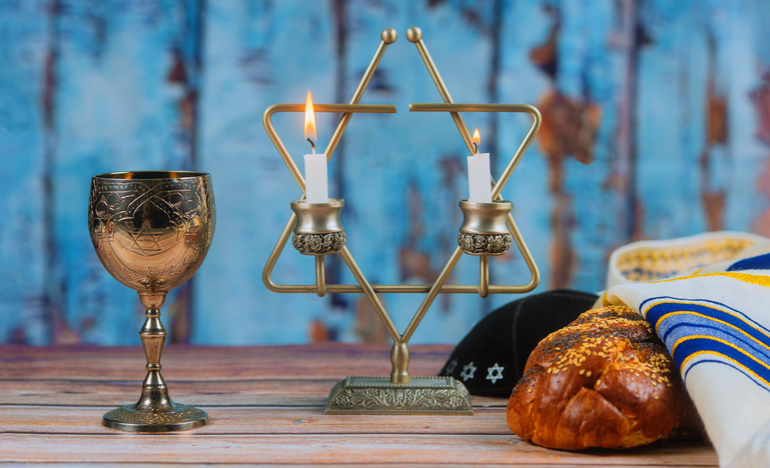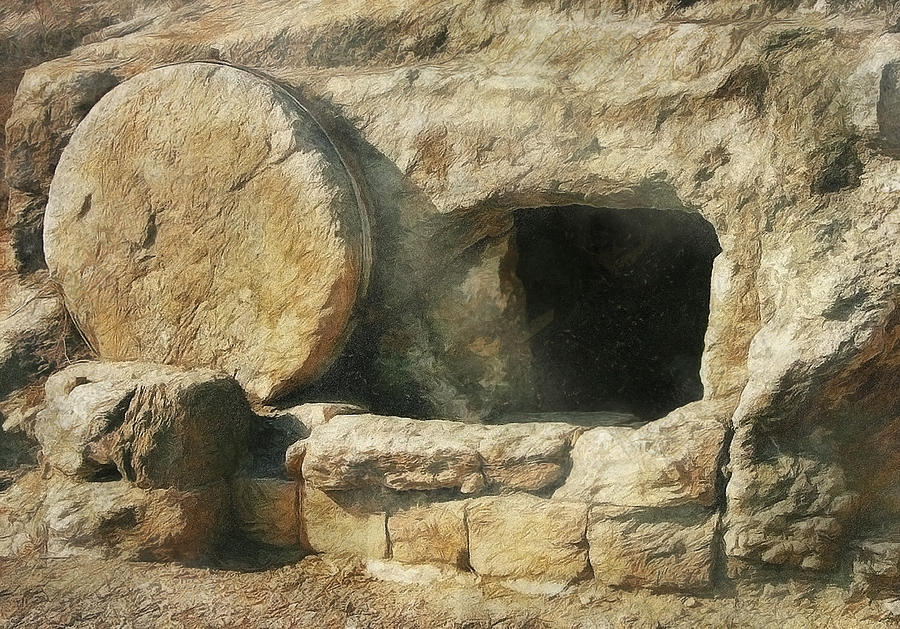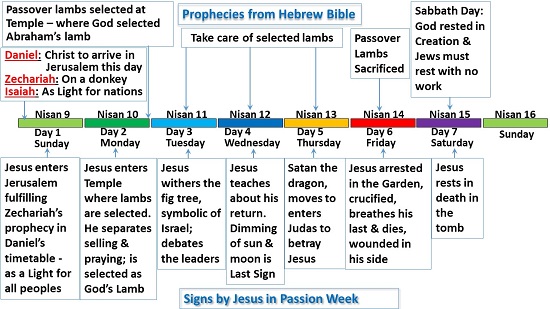A striking Jewish distinctive is their keeping of the Sabbath, which occurs every Saturday. This Jewish keeping of the Sabbath goes back 3500 years to when Moses instituted seven special festivals. Leviticus 23 describes all these seven festivals, six of which are celebrated annually (including Passover, which we looked at previously).
Sabbath Origins

But leading out the list of Festivals was the Sabbath. Today we call this Saturday, the weekly day the Jews were commanded to rest and not work. This included their servants and beasts of burden. All were to enjoy one day of rest out of the seven-day weekly cycle. This has been a blessing to all of us today since this seven-day cycle became the basis of our work week. The Saturday-Sunday weekend that we enjoy so much comes from this institution of Sabbath rest commanded by Moses.
Moses had commanded that:
The Lord said to Moses,2 “Speak to the Israelites and say to them: ‘These are my appointed festivals, the appointed festivals of the Lord, which you are to proclaim as sacred assemblies.
3 “‘There are six days when you may work, but the seventh day is a day of sabbath rest, a day of sacred assembly. You are not to do any work; wherever you live, it is a sabbath to the Lord.
Leviticus 23: 1-3
Jesus keeps the Sabbath
Jesus in the Gospels disputed with the religious leaders of his day what Sabbath rest actually meant. But he did keep the Sabbath. In fact, we see him keep the Sabbath even in Passion Week. The day before, Friday on Day 6 of Passion Week had seen Jesus crucified and killed. The final event that day was his burial, leaving an uncompleted task.
55 The women who had come with Jesus from Galilee followed Joseph and saw the tomb and how his body was laid in it. 56 Then they went home and prepared spices and perfumes. But they rested on the Sabbath in obedience to the commandment.
Luke 23:55-56
The women wanted to embalm his body but time ran out and the Sabbath began at sundown Friday evening. This started the 7th and last day of the week, the
The women, though wanting to embalm Jesus’ body on the sabbath, in obedience to the command, rested.
…While others worked
But the chief priests continued their work on the Sabbath.
62 The next day, the one after Preparation Day, the chief priests and the Pharisees went to Pilate. 63 “Sir,” they said, “we remember that while he was still alive that deceiver said, ‘After three days I will rise again.’ 64 So give the order for the tomb to be made secure until the third day. Otherwise, his disciples may come and steal the body and tell the people that he has been raised from the dead. This last deception will be worse than the first.”
65 “Take a guard,” Pilate answered. “Go, make the tomb as secure as you know how.” 66 So they went and made the tomb secure by putting a seal on the stone and posting the guard.
Matthew 27:62-66

So on that particular Sabbath the chief priests worked, securing a guard for the tomb, while the women rested. We may think it pointless to consider Jesus as also resting on that Sabbath. After all, the authorities had executed him so obviously he was resting in death. And stories of people always end with their death. But Jesus is different and it did not end there. He was resting on this Sabbath as all Jews should have been. But the next day, originally called First Fruits, saw him working again.
